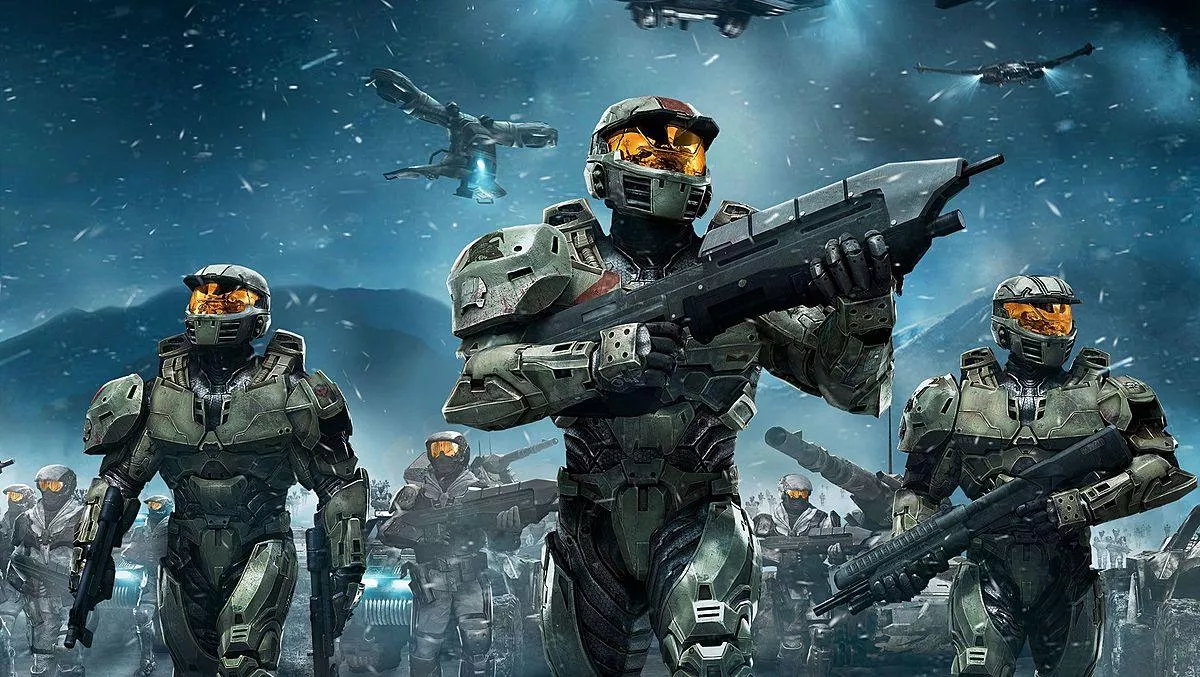
The first Halo title since the Xbox 360's flagship Halo 3 is upon us, and there's not a Master Chief in sight. In fact, in Halo Wars, the entire Halo universe is represented for the first time in a real-time strategy game (RTS) à la Command - Conquer; a far cry from the first-person shooters (FPS) that have gone on to become the biggest selling Xbox games to date.
Set 20 years before the events of Halo: Combat Evolved, Halo Wars takes place during the early years of humanity's war against the alien Covenant, an imperialist partnership of alien races seemingly hellbent on the destruction of mankind. I played an incomplete build, but it was more than a good indication of what to expect with the finished product.
With Halo: Combat Evolved, Bungie Studios revolutionised the control scheme for console first-person shooters. They proved that a genre once believed to be the exclusive realm of PC gamers could, in fact, be controlled intuitively on a home console. Ensemble Studios is hoping to revolutionise real-time strategies in the same way with Halo Wars. Being the developer behind the acclaimed Age of Empires series, Ensemble is of fine RTS pedigree – but translating the complicated and comprehensive RTS control scheme to the console is a particularly daunting feat. Ensemble does well, although it's perhaps not the control-scheme revolution that Halo: CE was. Positively, it doesn't rely on PC click-and-drag type commands that early console RTSs have tried to imitate. Instead, unit selection is performed by “painting” the cursor over the desired characters.
All units can be selected with a single button press, and all units of one type can be selected with two presses of the A button. As far as I could see, though, there doesn't appear to be a way to “hot-key” groups of units; it's something that could prove useful when engaged on multiple fronts. And the eternal barrier that console controllers will face still rears its head: the responsiveness of the analogue stick versus a computer's mouse. The cursor's movement felt decidedly sluggish, making quick map navigation difficult, but I'm sure you'll be able to adjust the sensitivity to your liking.
It's a true RTS in the vein of Red Alert, with base-building and unit-hoarding galore, but there's certainly more arcade-style accessibility to Halo Wars than its peers. The focus is more on the skirmishes than resource management. The campaign is well paced, and begins with a short tutorial on the basics of unit selection and control, with advanced techniques and new units revealed as the game progresses. It wasn't until the third level, though, that I felt first truly tested; I had to protect fleeing civilians from Covenant forces as they ran to three different escape vessels. This posed the first skirmish on multiple fronts at once, and things got pretty busy.
The story itself is a well-written and welcome addition to the Halo canon, and there's loads on offer for fans of the FPS trilogy. Much like new additions to the Star Wars franchise, the game is peppered with units, weapons, structures and sound effects taken directly from other Halo games, contributing to a real sense of familiarity. The Warthog jeeps in Halo Wars sound and handle much like the ones we know and love, the UNSC marines make wisecracks on the battlefield, and the Spartan soldiers can even hijack enemy craft. For the super Halo geeks, there are deeper and more subtle references to the canon, such as cameos by vessels and secondary characters from previous games.
PC RTS purists will no doubt decry Halo Wars, but there's no doubting that it's the most successful implementation of the genre to the home console to date. It may not necessarily have the depth of some of its more technical peers, but it's more than worthwhile for casual RTS players and Halo fans alike.